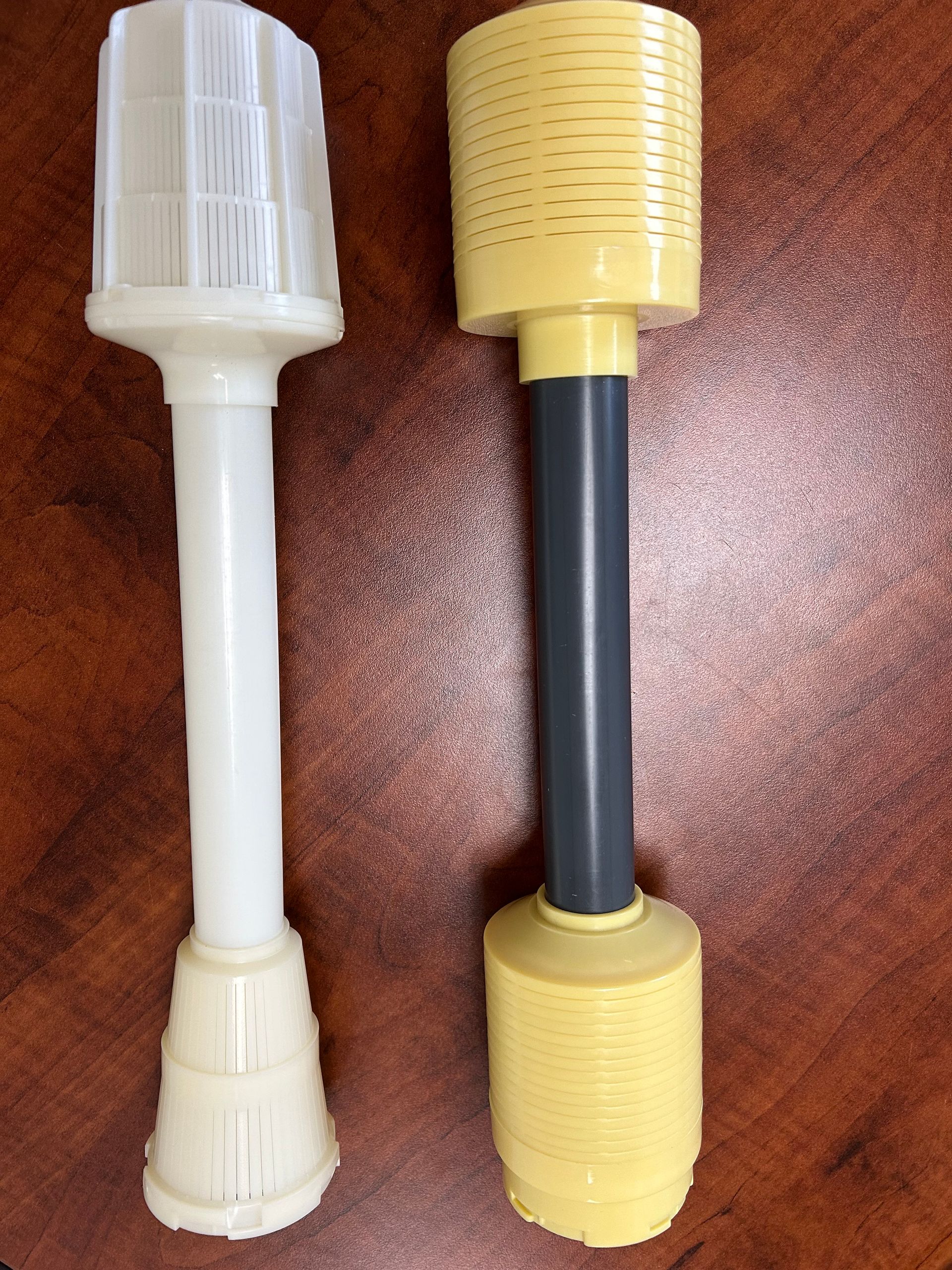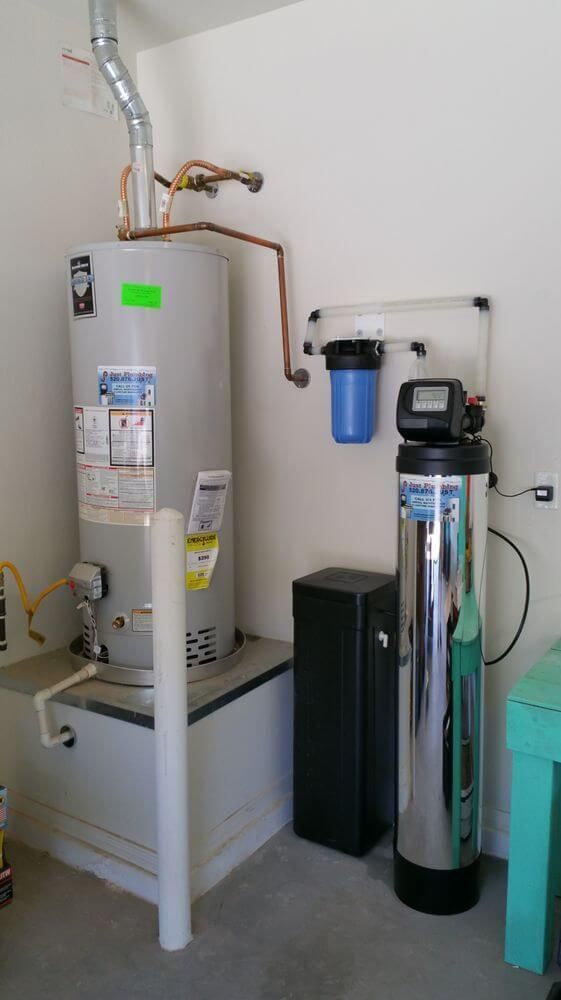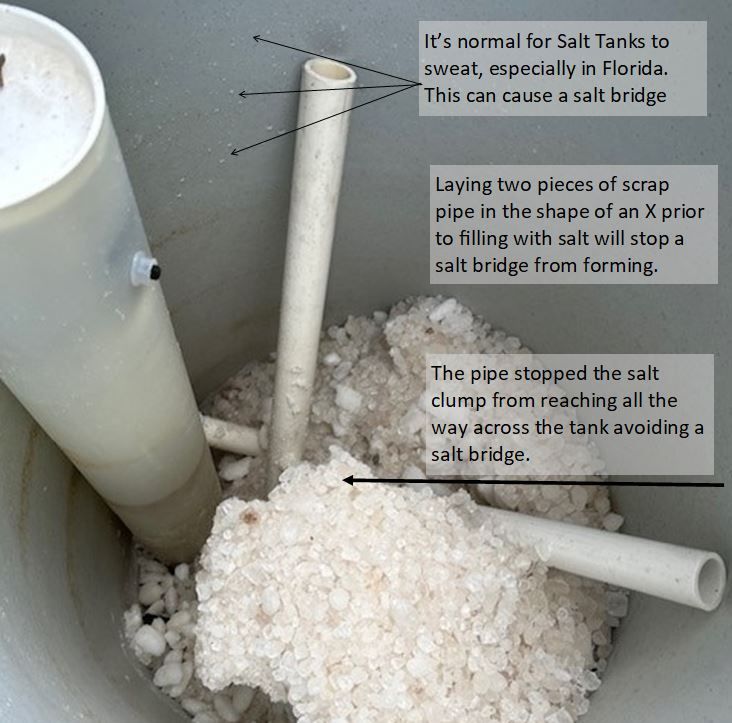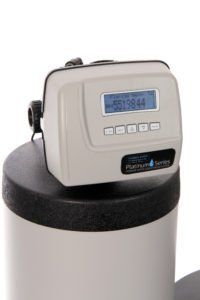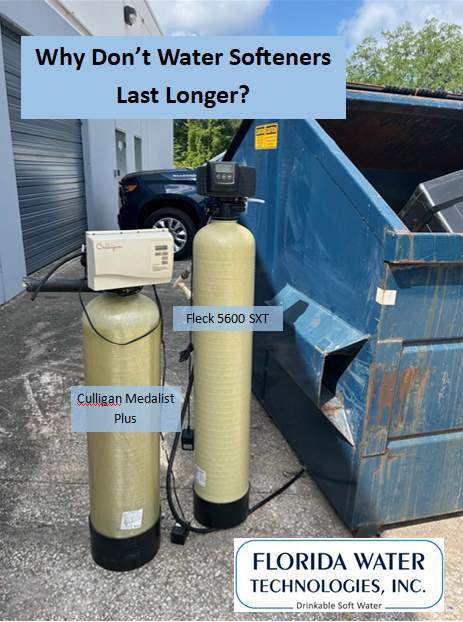How Does a Reverse Osmosis Filter System compare to My Refrigerator Filter?
What They Both Filter:
Both a reverse osmosis and refrigerator filters remove the following contaminants.
- Chlorine Taste and Odor
- Lead and Mercury
- Insecticides and Pesticides
- Volatile Organic Compounds
This is a good first step in filtering your drinking water but a reverse osmosis does a lot better.
What More Does a Reverse Osmosis Remove?
- Arsenic
- Barium
- Cadmium
- Chromium (Hexavalent)
- Chromium (Trivalent)
- Copper
- Fluoride
- Nitrate/ Nitrite
- Radium 226/228
- Selenium
- Total Dissolved Solids-Minerals Medals and Salts
- Cysts
Note: The above contaminants are all present in the JEA Major Grid distribution area. The Major Grid supplies most of Jacksonville FL water customers. The present amount of each contaminant are not considered high enough to cause a EPA violation.
How does it work?
A reverse osmosis system uses 4 stages of filtration to remove a wide range of potential contaminants. Some contaminants are chemical nature while others are dissolved solids such as medals which require different filtration processes for their removal. The most important stage in a reverse osmosis is the membrane. The membrane is what reduces Total Dissolved Solids or TDS. This step removes the heavy medals as well as other toxins from your drinking water. The membrane separates water from anything that is not water by using a semi-permeable membrane. By applying pressurized water across the membrane water slowly passes through the membrane layer leaving behind the unwanted contaminants. These contaminants are then discharged to drain thus leaving the filtration system all together.
Summary:
Water is the universal solvent and can absorb almost anything that it comes into contact with even contaminants. A Reverse Osmosis is the most efficient process to provide purified drinking water to homeowners. Also, water softeners use salt to make soft water but consequently they add a trace amount of sodium to your water supply. A reverse osmosis system will remove these salts in addition to the contaminants listed above.
CLICK HERE TO VIEW OUR WATER PRODUCTS:
The post Comparing Filtration Systems: Drinking Water appeared first on Florida Water Technologies.
